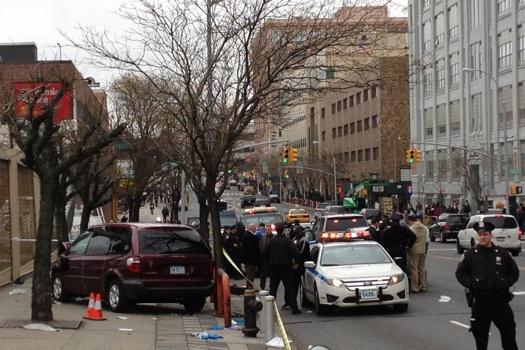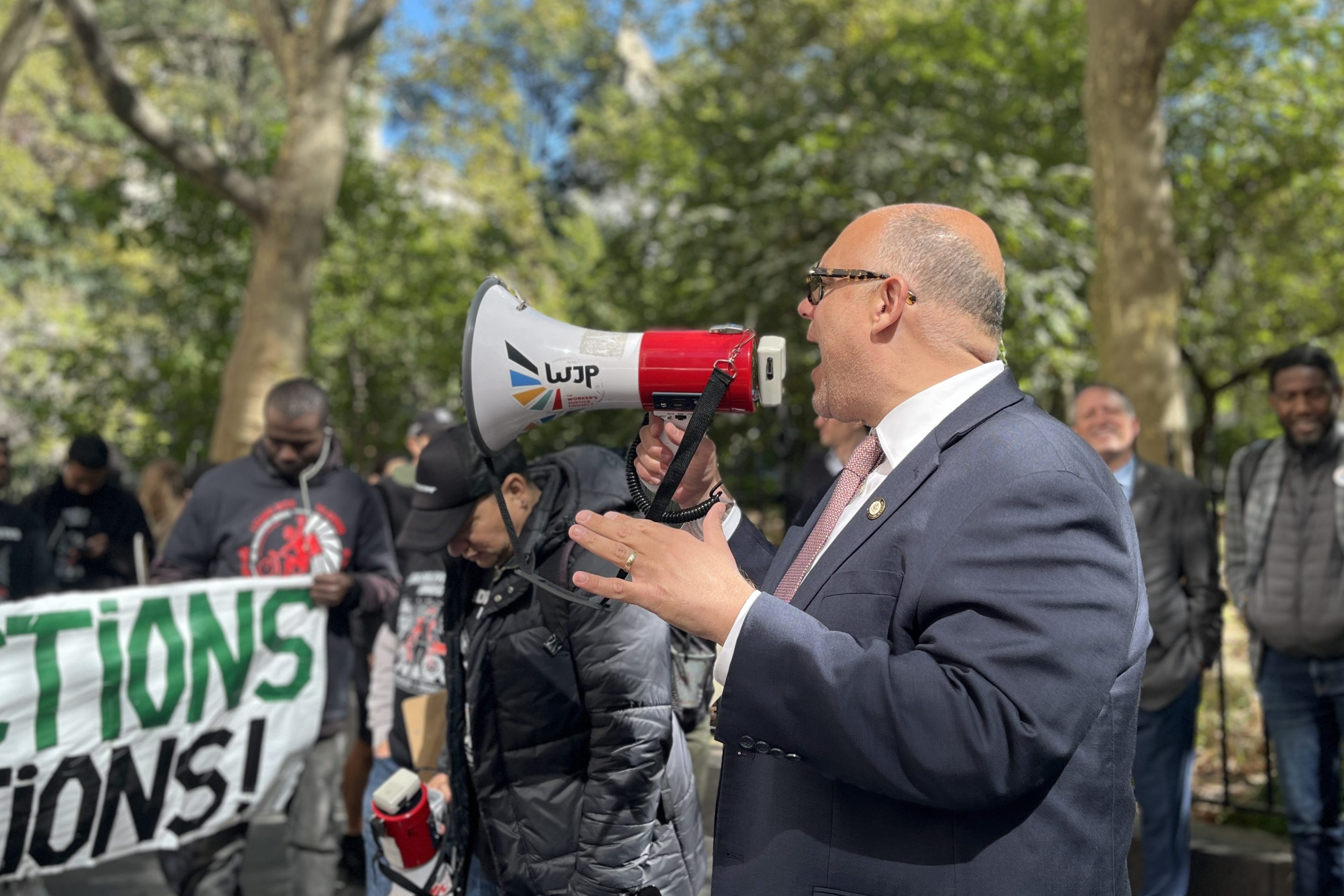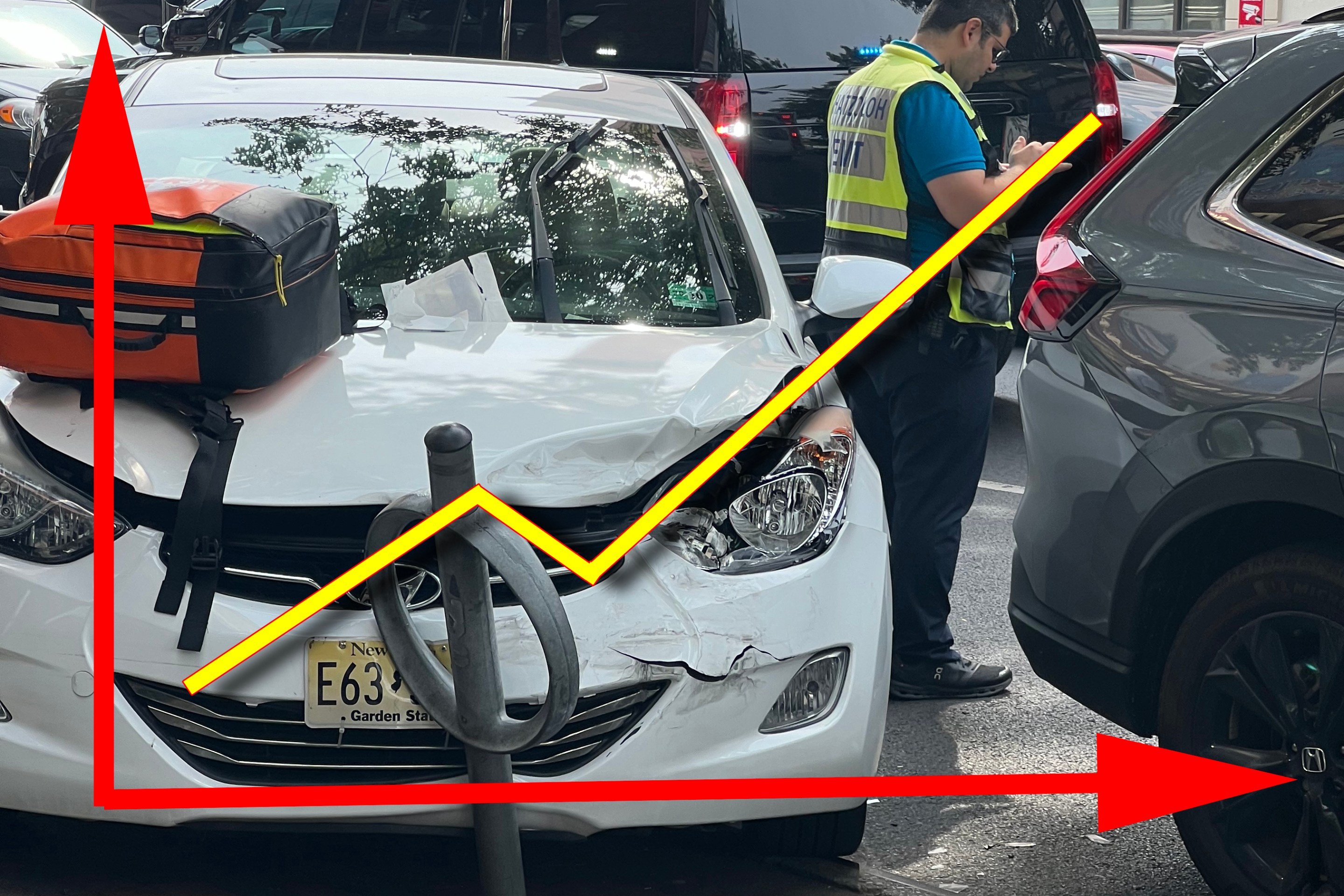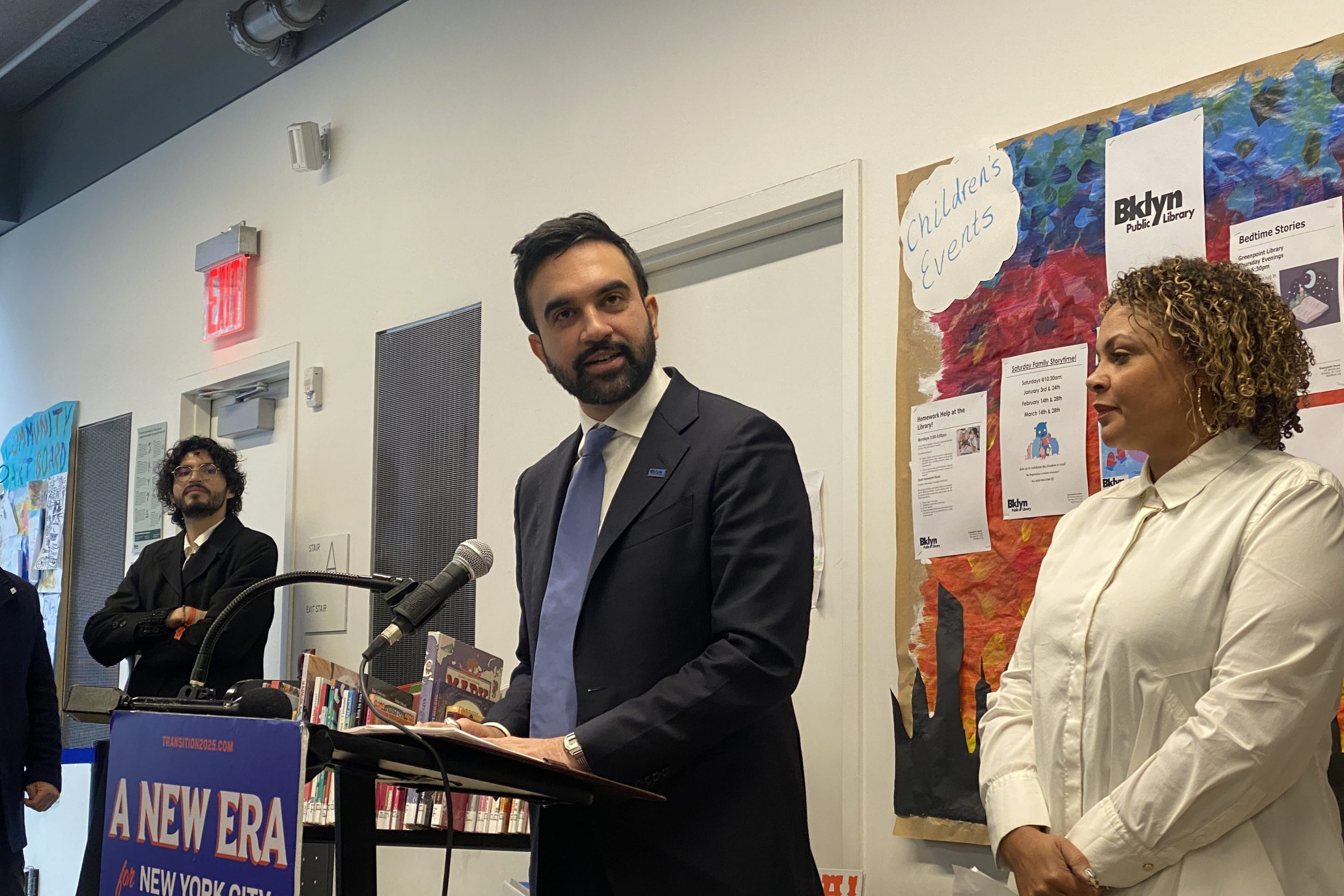
The New York City Police Department has begun dispatching crash investigators to sites of critical-injury traffic crashes as well as fatalities, the New York Times reported Sunday. And in what the paper called “a symbolic semantic change,” the department is retiring the term “accident”; henceforth, traffic crashes will be called “collisions,” and the Accident Investigation Squad will be renamed the Collision Investigation Squad.
The Times story is pegged to a pledge by Police Commissioner Ray Kelly to add personnel to the CIS, communicated in a March 4 letter to City Council Transportation Committee Chair James Vacca. “Kelly’s letter followed hearings last year,” the paper noted, “in which City Council members were critical of the department’s response to crashes” — hearings that were spurred by advocates’ outrage over police whitewashing of 2011 crashes that killed cyclist Mathieu Lefevre and pedestrian Clara Heyworth, both in Brooklyn. The Times called Kelly’s announcement a “marked shift of protocol.” What is less certain is whether the reported changes to investigation procedures will put a real dent in rampant NYC street danger.
Beefing up the squad and expanding NYPD crash reconstruction efforts is both welcome and overdue. In recent years, even fatalities such as those of Lefevre and Heyworth have been poorly analyzed or not analyzed at all, likely because the tiny (21-person) Accident Investigation Squad was charged with investigating all 250 crash deaths per year. In Lefevre’s case, investigators failed to document a broken helmet or obtain video footage from security cameras. In Heyworth’s case, an officer at the scene pronounced her unlikely to die. Kelly’s implication that the CIS will soon be staffed to investigate more than a portion of the 3,000 serious-injury crashes in NYC each year seems dubious at best; and NYPD officers will still determine if victims meet the criteria of severely injured.
But even a fully staffed CIS is only a start. What’s really needed is full disclosure of the reports themselves. Indeed, we believe that a key to creating safer streets is releasing all CIS reports — with their meticulous diagrams of crash position vis-à-vis intersections and crosswalks, descriptions of pre-crash actions and movement by participants, and, perhaps most critically, inferred vehicle speed upon braking and upon impact.
We know that in a large majority of pedestrian and cyclist fatalities, the victim would be alive if the driver had been obeying the law, which includes driving with due care. All four comprehensive analyses of NYC pedestrian and bicyclist fatalities to date — two by street safety advocates, and two by city agencies — have laid the majority of blame at the feet of drivers.
Yet these reports, largely dry and statistical, have had only limited impact beyond advocates and health professionals. The prevailing view remains that pedestrians and cyclists mowed down by drivers were “unlucky” or “clueless” if not “asking for it.” The tabloid-driven blame game gives crossing with earbuds, riding a bike, and the occasional absent crossing-guard precedence over speeding, aggressive turning into crosswalks, and operating a motor vehicle without constant due care. This cultural entitlement supports the criminal justice system’s coddling of deadly driving and undergirds the climate of fear and intimidation that still reigns over our streets.
NYC drivers have killed more than 170 pedestrians and cyclists over the past 13 months. In the vast majority of these cases the NYPD has declared, often just hours after the crash, that there was “no criminality suspected,” even when the driver had clearly committed one or more traffic violations. This doesn’t just exculpate the individual driver; it furthers the perception that turning into a pedestrian in a crosswalk, running down a bicyclist, even careening onto a sidewalk are all “reasonable” behavior that, by legal definition, does not rise to the level of criminal negligence.
Full disclosure and divulging of the NYPD crash reports might begin to reverse this decades-old practice of defining drivers’ deviancy down. Measurements of skid marks, reconstructions of speeds, placement of pedestrians in crosswalks as they were run down — these are the kinds of specifics that can refute the mantra of law-abiding drivers and expose as a lie the NYPD’s knee-jerk pronouncement of “no criminality suspected.” Indeed, details that can refresh these outrages in the media and maintain them in the city’s collective consciousness could help counter the syndrome we wrote about in Killed By Automobile, whereby “deaths by automobile … flicker briefly across the city’s consciousness and then flutter away, leaving in their wake only grieving families and friends, and the knowledge that the grim equation on the streets remains.”
Conversely, as long as the NYPD can declare that there is no criminality suspected while denying the public the right to review their investigations, changing the word “accident” to “collision” will be little more than window-dressing. If NYPD declares that there is no criminality suspected in most deaths, why would we expect them to be any more critical of severe injuries?
The Times article alluded to a lone instance in which the new NYPD policy of investigating severe injury led to criminal charges. (Unsurprisingly, it was a car-on-car crash.) A handful of aggressive investigations and even prosecutions won’t be enough. To truly change our neighbors’ and officials’ hearts and minds about the everyday driving culture that kills vulnerable road users and discourages walking and biking, the full facts of the damage from traffic violence need to be laid bare to the public. Criminality must be suspected — routinely and regularly — when pedestrians and cyclists are killed by automobile.





